Mathematics for Physical Chemistry is the ideal supplementary text for practicing chemists and students who want to sharpen their mathematics skills while enrolled in general through physical chemistry courses. This book specifically emphasizes the use of mathematics in the context of physical chemistry, as opposed to being simply a mathematics text.
This 4e includes new exercises in each chapter that provide practice in a technique immediately after discussion or example and encourage self-study. The early chapters are constructed around a sequence of mathematical topics, with a gradual progression into more advanced material. A final chapter discusses mathematical topics needed in the analysis of experimental data.
Mathematics for Physical Chemistry, Fourth Edition, includes everything a student of physical chemistry needs to know about mathematics. Unlike other textbooks taught from a mathematicians point of view and focused on mathematical theory, this book emphasizes the applications of mathematics to physical chemistry. This book is constructed around a sequence of mathematical topics with a gradual progression into more advanced material. It uses a problem-solving approach, an important tool in learning mathematics and physical chemistry. Each chapter begins with a list of principle facts, ideas, and objectives and ends with a list of problems. Solved examples and exercises are interspersed throughout the chapters. This book is an ideal required, supplementary, or self-study textbook for physical chemistry students or reference for graduates, researchers, and practicing chemists.
Key features:
- Bridges the gap between theoretical mathematics and the actual use of mathematics in physical chemistry courses
- Focuses on applications, allowing you to begin using the techniques immediately
- Uses plain language for greater clarity and comprehension
- Features illustrations that allow you to visualize problems
- Includes worked examples that provide patterns and help make self study more efficient
New to this edition:
- New exercises in each chapter provide practice in a technique immediately after discussion or example and encourage self study
- Expanded sections on computer techniques include discussions of Excel and Mathematica
- A solutions manual with answers to all problems is available on our companion website at booksite.elsevier.com/9780124158092

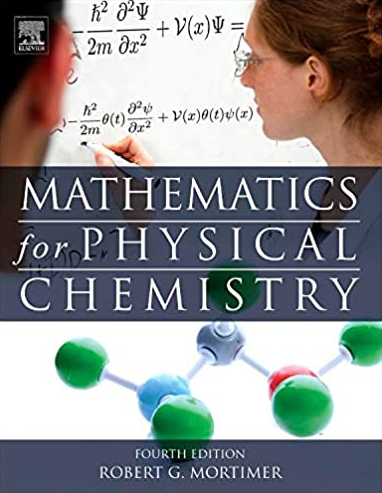
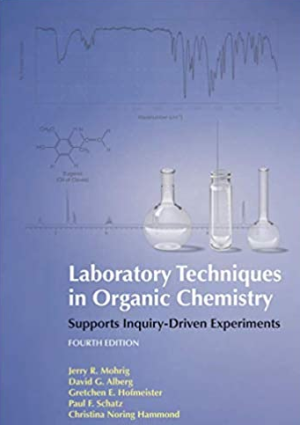

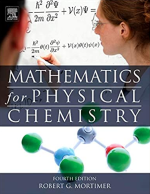

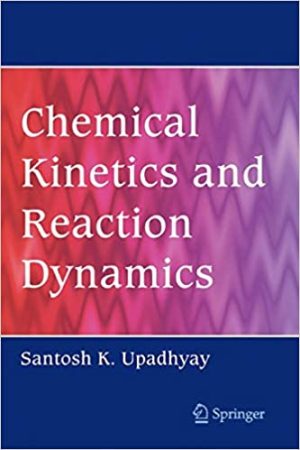

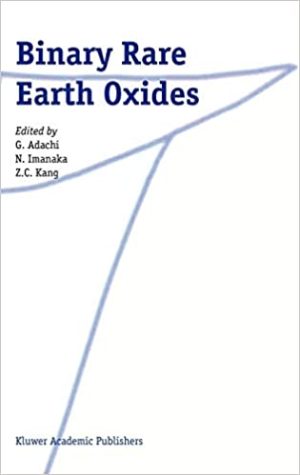
Reviews
There are no reviews yet.